Acknowledgments
O NE OF THE MOST AGREEABLE THINGS IN WRITING A BOOK ARE THE acknowledgments, not so much in saying thanks as in the enjoyable awareness of approaching the end after a seemingly never-ending journey. My first steps into academia were meticulously supervised by Jrgen Pieters, who not only supported the idea that would lead to this book, but closely followed the often slow process of developing and analyzing my hypotheses, and put me back on track when I was lost in my own conundrums, dreams, or laziness. I am also grateful to Ilka Saal, who made some very useful suggestions that have contributed to the coherence of this book. Jozef De Vos ploughed his way through every single chapter at an early stage. Special thanks are also due to Manchester University Press and Louis Armand and Litteraria Pragensia for their kind permission to copy from previously published articles. Other people who, knowingly or unknowingly, had a share in the development of this book are Marc De Kesel, Graham Saunders, Paul Verhaeghe, Freddy Decreus, Johan Callens, Wilma Siccama, Steven Connor, and drive, that had a share in everything.
Epilogue: Toward a Corporeal Theater
T HEATER, AS A LIVE ART, OFFERS AMPLE OPPORTUNITY TO STAGE THE ILLUsion of presence. Beckett extends the audience in the disruption of the barrier between actors and spectators. Virtually all his works deal with the blurring of this border in the emphasis on the theatrical and spectatorial aspects of reality. Whether Auditor in Not I, Listener in Ohio Impromptu or Krapp in Krapps Last Tape (to name but these three), Becketts characters play different roles, both writing and listening to their own story, both in and out. This ambiguity establishes the fundamental paradox in Beckett: the search for non-identity and singularity fails in the light of the dependence on the Other, which results on the contrary in an abundance of selves.
Moreover, the quest for finality is not only omnipresent in his work; Beckett himself was encaged in a Krapp-like paradox. As a writer, and as a director and as a translator, Beckett proved himself a tyrannical figure, an arch-controller of his work, ready to unleash fiery thunderbolts onto the head of any bold, innovative director, unwilling to follow his text and stage directions to the last counted dot and the precisely timed pause (Knowlson 1996, 691). After all, he saw the actor not as a messenger of his text, but rather wrote many of his texts with a particular actors voice in mind. This voice spoke to and through him, thus reducing Beckett himself to a mere medium instead of the actor. This seems a reversal of roles, precisely like the old Krapp on stage listening to his younger and more virile self on tape, of which the old man seems to be a figment rather than the other way around. Who is the origin of it all; can any origin be tracked down whatsoever?
On the other hand, however, in directing his own texts, along with a scrupulous control over later productions, Beckett has attested to his own quest for authenticity. He has even succeeded in transferring this neurotic attitude to critics and researchers of his work. Productions staged in the presence of the author at rehearsals are considered more authentic than others; Knowlsons biography is not approved by Beckett, who had long been dead, but is only authorized on account of the writers earlier possible permission to Knowlson to write his biography: To biography of me by you its Yes (Knowlson 1996, xix). Very few other writers have so much control as to the authorial intention of their texts after their death as Beckett. Even in the beautiful Grove Centenary Edition with Becketts collected work that appeared at his 100th birth anniversary in 2006, in his editors note Paul Auster refrains from translating and including a few French poems, recalling how he had once asked Beckett if he could translate them, which the playwright had opposed: Only he could do the translationsand he didnt feel up to the task. So I let the matter drop (Auster 2006, vii).
Beckett dramatizes the limit where Artaud crashes into the Lacanian impossibility of an encounter with the real. The self is the Other; to be is to be spoken; to be is to be perceived: this is the dialectics that pushes forward Becketts art. There are no fixed entities but only a perpetual reversal of rolesbearing in mind Pozzo and Luckys situation, yesterdays master may be tomorrows slave. However, it is exactly this perpetuity that causes the continual production of waste; the search for originality will result in an overflow of derivates, or as Leo Bersani notices speaking about Artaud: he continuously repeats the project of abolishing repetitions (Bersani 2004, 98).
Where else than on the stage can the invocatory and scopic drive be better exploited and investigated? To be on the scene, as Keir Elam remarks, is to be seen (Elam 1994, 161). If one of the principal hallmarks of theater is the presence of an audience, then this necessity Beckett does not cease to repeat. Despite his protagonists longing to be on their own, they have to recognize their reliance on the Other as someone looking or listening. Thus, Winnies thought that Willie might be going or not seeing her fills her with a panic-stricken uncertainty: Can you see me from there I wonder, I still wonder. Lift your eyes to me Willie, and tell me can you see me (149). Estragon demands Vladimir to not take your eyes off me (82) and the self-centered Hamm even needs to have recourse to ordinary bribe with a sugarplum to have Nagg listen to his story.
Since these instances reflect the characters need to be heard and watched by their companions on stage as much as they meta-dramatically relate to the presence of the spectators, the audience is fully part of the play. That is to say, they are outside as well as inside the play, as, for that matter, the characters themselves are. The audience is allotted their role in the play as the Other needed by the figures onstage. It is gazing at Winnie, Mouth and the characters in Play, who all feel the undefined presence of the Other. Yet this works both ways, for the spectator is no more an autonomous entity since he is subjected to the gaze staring at him from the other side, as most characters face the audience front, not turning away from the audience. Given the darkness surrounding the lit spot in which the characters operate, we may extend the motif of the circle within Becketts plays to the stage and the auditorium, and suggest that what is situated upstage, behind the characters, with the voices of the Other emerging from the dark, is a mirror of the audience.
When Robbe-Grillet assumes an immediate presence in Becketts plays, the tangibility and visibility are made concrete through the characters Dasein on the stage. They are not represented by words as in his novels, but stand face-to-face with the audience. As Artaud proposed in the Theater of Cruelty, they expose their bodies to the spectator. The staged body, after all, is symbolic as much as it is real. As we have seen with regard to Kane, the actors presence guarantees a corporeality in which acting or role-playing meets the limits of his body as his main instrument. The presence of the body provides the theater with a nonrepetitive immediateness, as Connor maintains. We can see how the local affirmation of the body allows a number of congruous affirmations of the blending of the virtual and the actual, the blending of meaning and form, signifier and signified, text and performance, soul and body themselves (Connor 1988, 159).
The holy stage ought to be filled, according to Artaud, with the ideal body that extends in space as a voluminous substance. I have outlined that the cruel body he envisioned had discarded its organs, because these were regarded as regulators and constraints on the free-flowing metaphysics of the body. Since it is a self-generated and fully autarkic unity, nothing may depart from it. It needs to remain closed and enclosed within itself. With a terminology that defies every Artaudian inclusion, Derrida speaks of a proper-body-upright-without-detritus (Derrida 2001, 231). In addition to the tangibility and extensiveness of the body that underscores the physicality and spaciousness of the stage, Artaud emphasizes the plenitude of corporeality. The visual and verbal body need to be synchronized in order to become a closed locus of nonrepresentation. Characters in the Theater of Cruelty, then, do not represent, but act as self-legitimizing manifestations of the unity of body and speech.


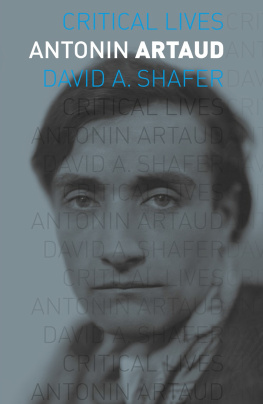
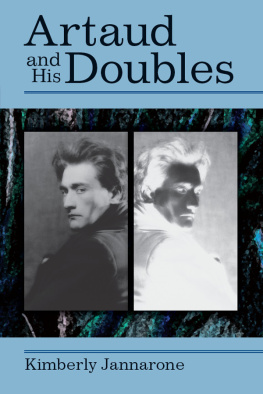


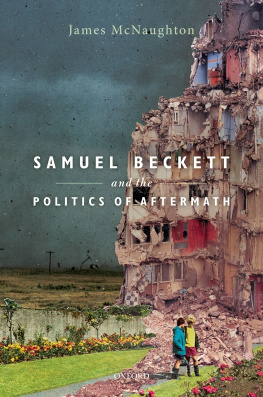
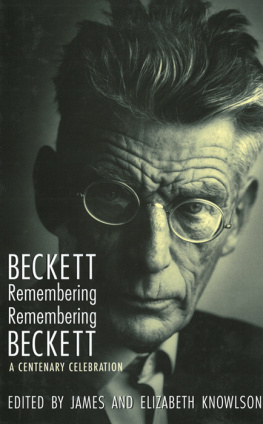
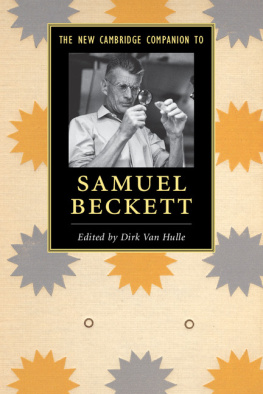
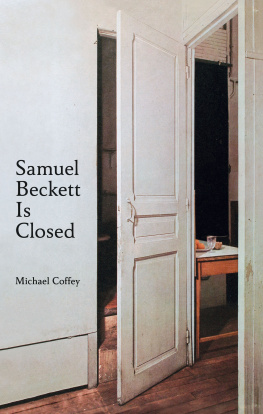
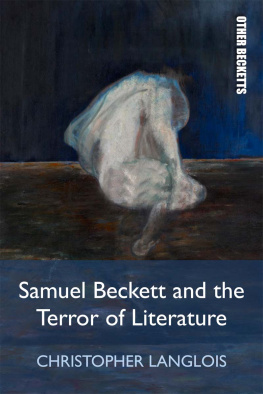
![Samuel Beckett [Samuel Beckett] - The Complete Dramatic Works](/uploads/posts/book/72751/thumbs/samuel-beckett-samuel-beckett-the-complete.jpg)